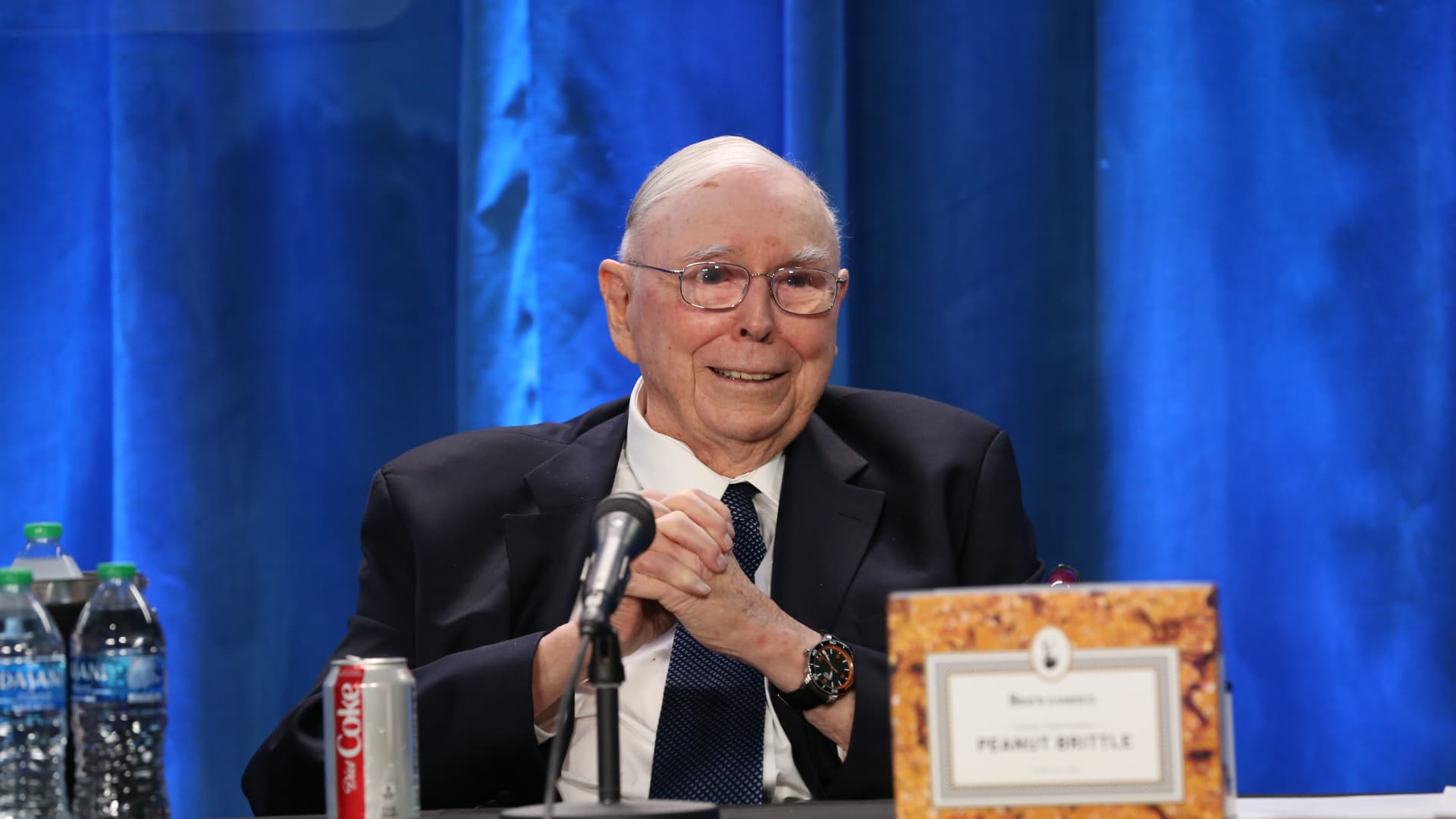Tariffs affecting state budgets
3 min read

Tax Policy Center
International trade tariffs are spilling into state budgets and manifesting as downward-facing economic forecasts as lawmakers search for ways to soften the blow.
“Within constitutional and political limits, states can address fiscal challenges caused by federal policies, including tariffs,” said Lucy Dadayan, principal research associate at the Tax Policy Center, Urban Institute & Brookings Institution.
“Their options include revisiting state tax rates and structures, offering temporary tax credits, or using reserve funds to cushion affected industries and offset revenue losses.”
A
The study collated state budget documents and found Michigan lowering revenue projections by $320 million by way of a potential loss of 3,300 auto sector jobs over the next three to five years due to “tariff related cost pressures.”
New credit issuance is also at risk. “State finance officers may restructure bond issuances to reflect changing cost expectations, increasing complexity and potentially delaying funding,” said Pew.
A drop in revenue used to build infrastructure or service debt is also raising concerns with tax experts. “Tariffs threaten state tax revenues because they undercut the economy as a whole,” said Jared Walczak, vice president of state projects, for the Tax Foundation.
“They represent a dark cloud looming over what had been years of sustained economic growth. We haven’t seen much fallout from tariffs yet, but lawmakers should exercise prudence as they budget.”
Pew also acknowledged the real effects have yet to arrive as state budgets and procurement contracts typically stretch across a fiscal year which builds in a time delay for what’s coming.
The states expected to bear the biggest blow include Kentucky, where imports account for 32.3% of the state’s gross domestic product. Tennessee, Indiana, Illinois, Mississippi and Alabama are also vulnerable.
States with coastal ports are another problem area. That group includes New Jersey, South Carolina, Georgia, Texas, and California.
Ports are also under siege from the Trump administration’s tariffs on Chinese-made cranes and plans to charge Chinese-flagged ships a port fee for docking in the U.S. The moves are intended to revive the domestic shipbuilding industry.
“AAPA supports the Trump Administration’s efforts to bring critical manufacturing back to America, but tariffs on key equipment will not lead to a manufacturing boom; they will only make shipping goods through U.S. ports more costly,” said Cary Davis, CEO and president of the American Association of Port Authorities.
The Tax Policy Center is tracking residential construction costs which typically play the canary role in the tariff coal mine analogy.
According to their
“Our calculations show that about 90% of the costs to residential investment will fall on construction of new homes, including apartments,” said TPC.
“There’s usually a lag between when tariffs are imposed and when their full economic impact is felt,” said Dadayan.
“Over time, the costs become more visible than the perceived benefits. This is when we can expect voters and businesses will push the federal government for trade stability over new trade barriers.”







